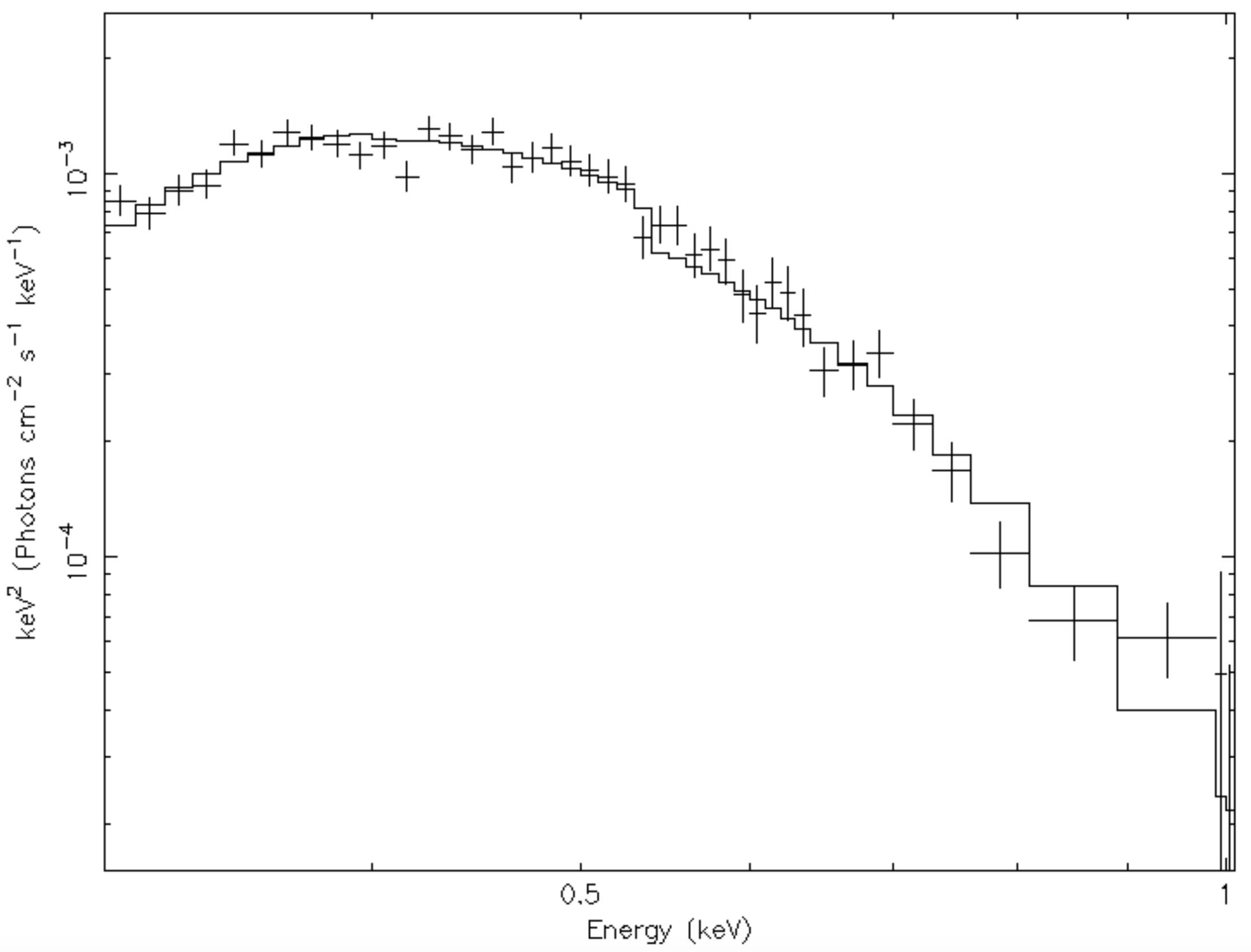NICER / ISS Science Nugget for May 30, 2019NICER sees X-rays from star in another galaxy getting ripped apartAT2019dsg was discovered on 9 April 2019 as an optical flare from the center of a galaxy 800 million light years away. Archival images in the optical and X-ray wavebands going back more than a decade ago show no evidence of such heightened activity from this galaxy's nucleus. Based on the lack of prior activity, its spatial coincidence with the center of the host galaxy, and other lines of empirical evidence, this sudden brightening has been classified as a candidate "tidal disruption flare" (TDF), the result of a star being torn apart by the supermassive black hole residing at the center of this distant galaxy. NICER made some of the first observations of this source in X-rays. The X-rays very likely are emitted by a newly formed accretion flow — the remains of the disrupted star — around the black hole. The material in this flow is hot, with temperatures on the order of millions of Kelvin, and thus emits blackbody radiation primarily in the soft X-ray band (photon energies of a few tens of electron-volts; see figure). NICER data enable us to measure the temperature and also the approximate size of this accretion flow around the black hole.
NICER monitoring observations over the coming months will probe the evolution of this newly formed accretion flow and thus the physics of the aftermath of a stellar disruption by an otherwise dormant black hole. NICER's soft X-ray sensitivity makes it uniquely suitable to study the brightest of these events in exquisite detail. NICER
|



